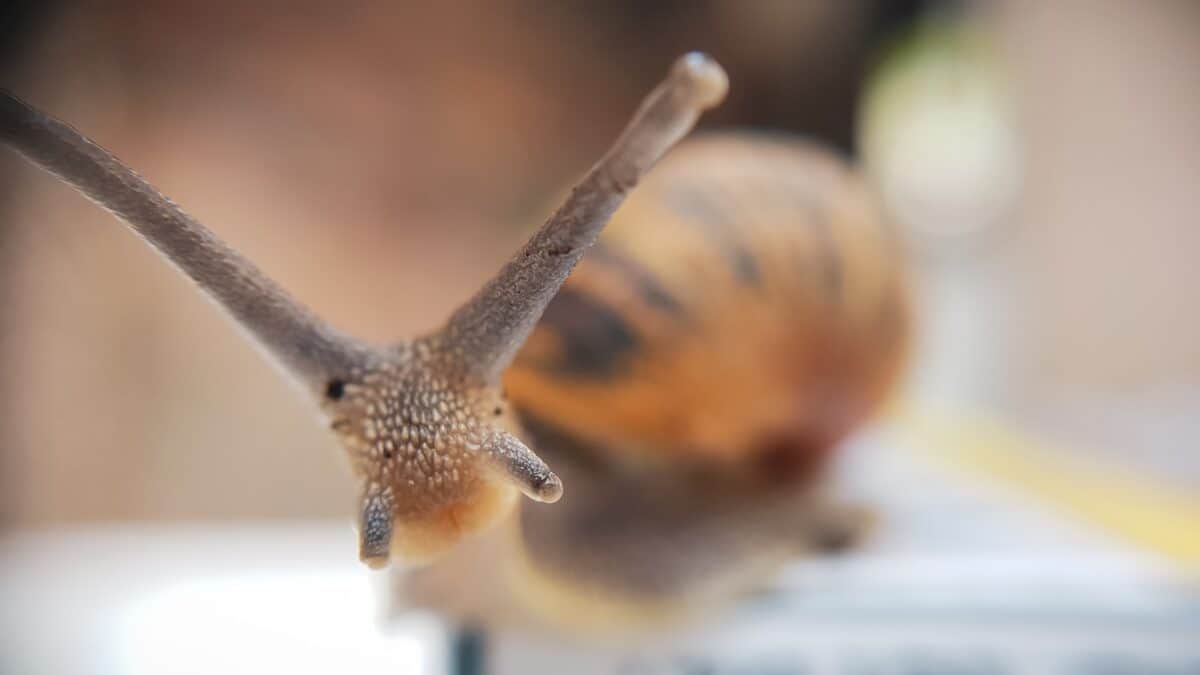Heavy rain and flooding can dramatically alter landscapes and ecosystems, creating a ripple effect that extends to various forms of life. While much attention is given to human impact and infrastructure damage, the effect on terrestrial animals is often understated yet equally significant. This article explores how these environmental changes impact terrestrial animals, from behavioral shifts to species survival challenges.
Immediate Effects of Flooding

The primary consequences of heavy rain and flooding for terrestrial animals are habitat disruption and loss of shelter. As water levels rise, areas that once served as secure habitats can become inhospitable. Burrowing animals such as rabbits and groundhogs may find their dens flooded, forcing them to seek higher ground. This not only disrupts their daily lives but also exposes them to predators and other threats.
Similarly, large mammals and reptiles may be displaced from their territories. Flooding forces animals to migrate, which can lead to unexpected encounters with humans and other animal species. Stress and injury are common adverse effects, as animals navigate unknown terrains and battle swift-moving waters.
Impact on Food Sources

Floods can significantly alter the availability of food for terrestrial animals. Grazing areas may be submerged, depriving herbivores of grass and plants. Insects and other small creatures that serve as food for various animal species may also be washed away or find themselves in reduced numbers due to habitat destruction.
Predators, therefore, face scarcity as their prey becomes less available, leading to changes in hunting behaviors and diet diversification. For instance, animals that typically hunt specific prey may need to adjust by targeting different species to survive, which can have cascading effects throughout the ecosystem.
Health and Disease Concerns
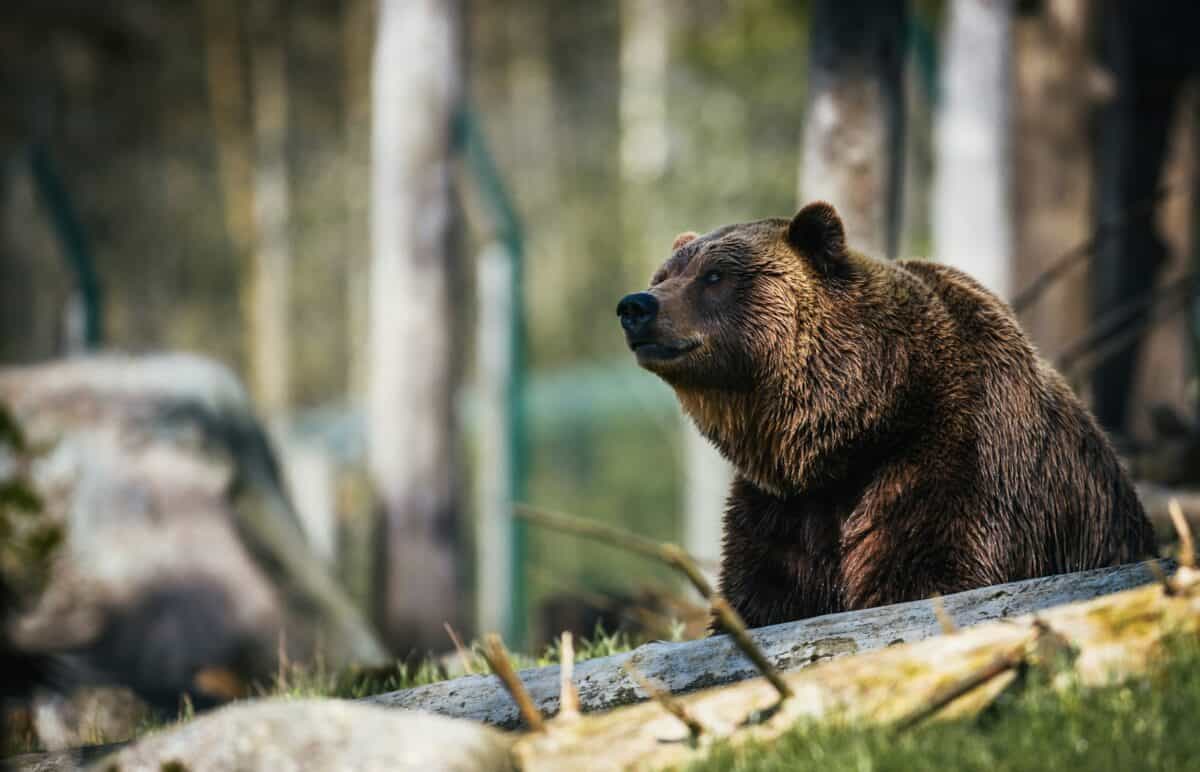
The proliferation of waterborne diseases is another concern stemming from flooding. Stagnant water becomes a breeding ground for bacteria and parasites, which can affect both wildlife and domestic animals. Leptospirosis, for instance, is a disease that spreads more easily in flooded areas, impacting animals like rodents, raccoons, and even pets.
Moreover, the stress of displacement and reduced food access can weaken immune systems, making animals more susceptible to these illnesses. Close proximity to other displaced creatures can also facilitate the spread of contagious diseases.
Long-term Ecological Changes
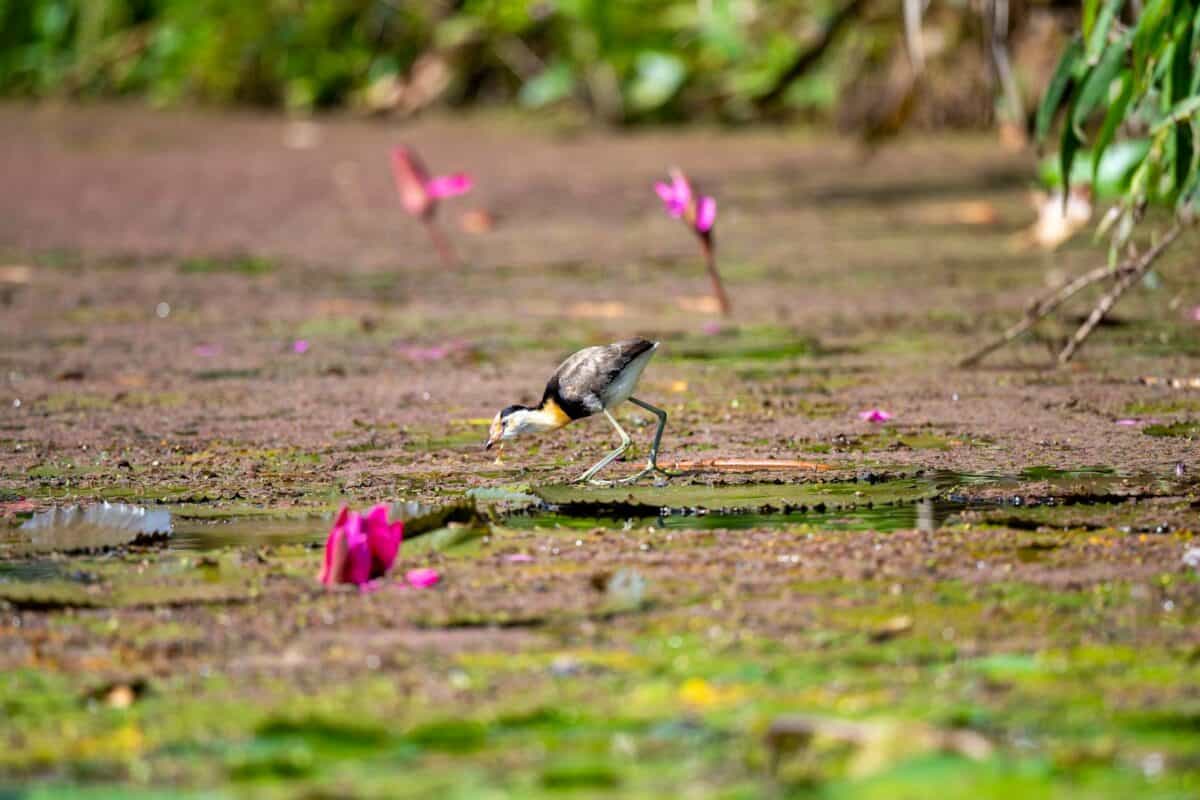
While some effects of flooding are immediate, others manifest over the long term. The landscape changes permanently in some cases, resulting in new ponds, lakes, or wetlands. These new environments can be both a challenge and an opportunity for terrestrial animals.
For instance, species that rely heavily on dry land may struggle in transforming habitats, whereas amphibians and certain bird species might thrive. Over time, the composition of animal populations in an area could change dramatically, influencing predator-prey dynamics and even altering the vegetation of the region.
Adaptive Behaviors
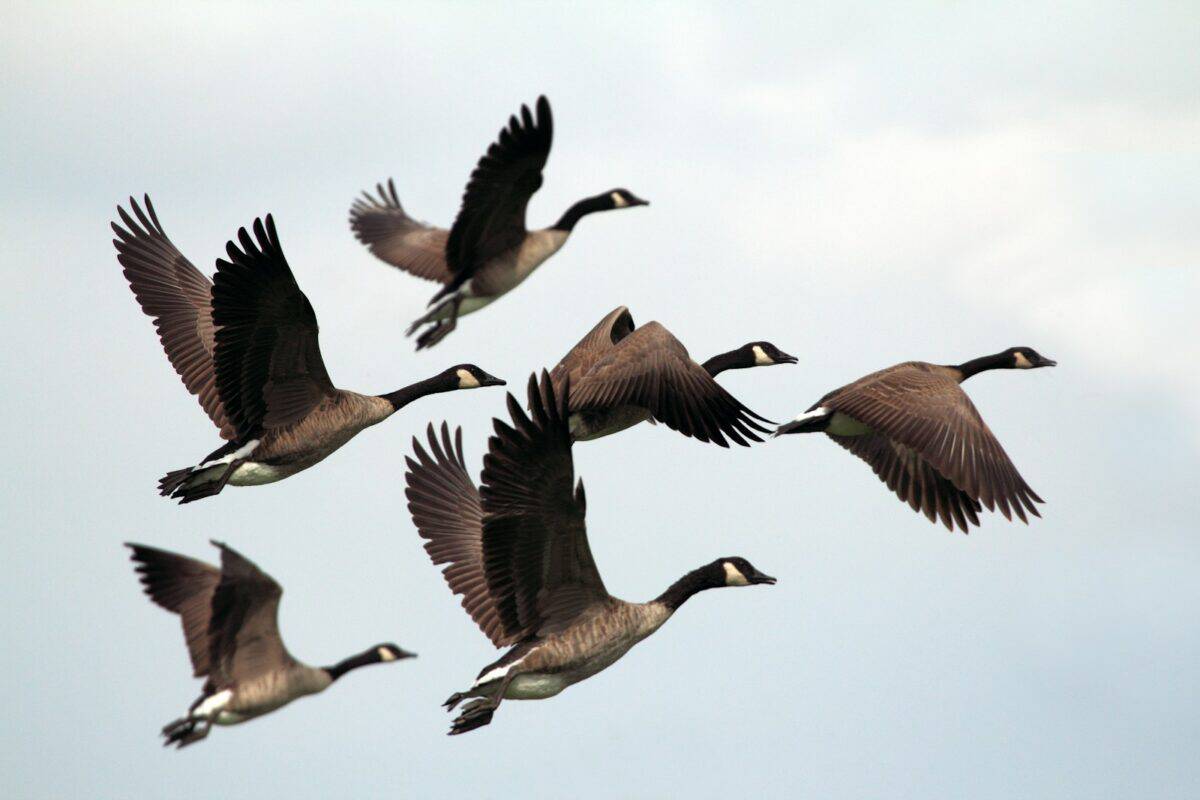
Despite the challenges, many animal species demonstrate incredible adaptability in the face of floods. Some species have developed instincts to anticipate flooding, allowing them to migrate or find temporary shelters more efficiently. Birds, for example, may use intuition and changes in atmospheric pressure to predict heavy rains and flooding, enabling them to evacuate ahead of time.
Other animals exhibit surprising ingenuity, such as using debris or floating vegetation as temporary rafts to escape flooded areas. These behaviors highlight the resilient and resourceful nature of wildlife.
Conclusion
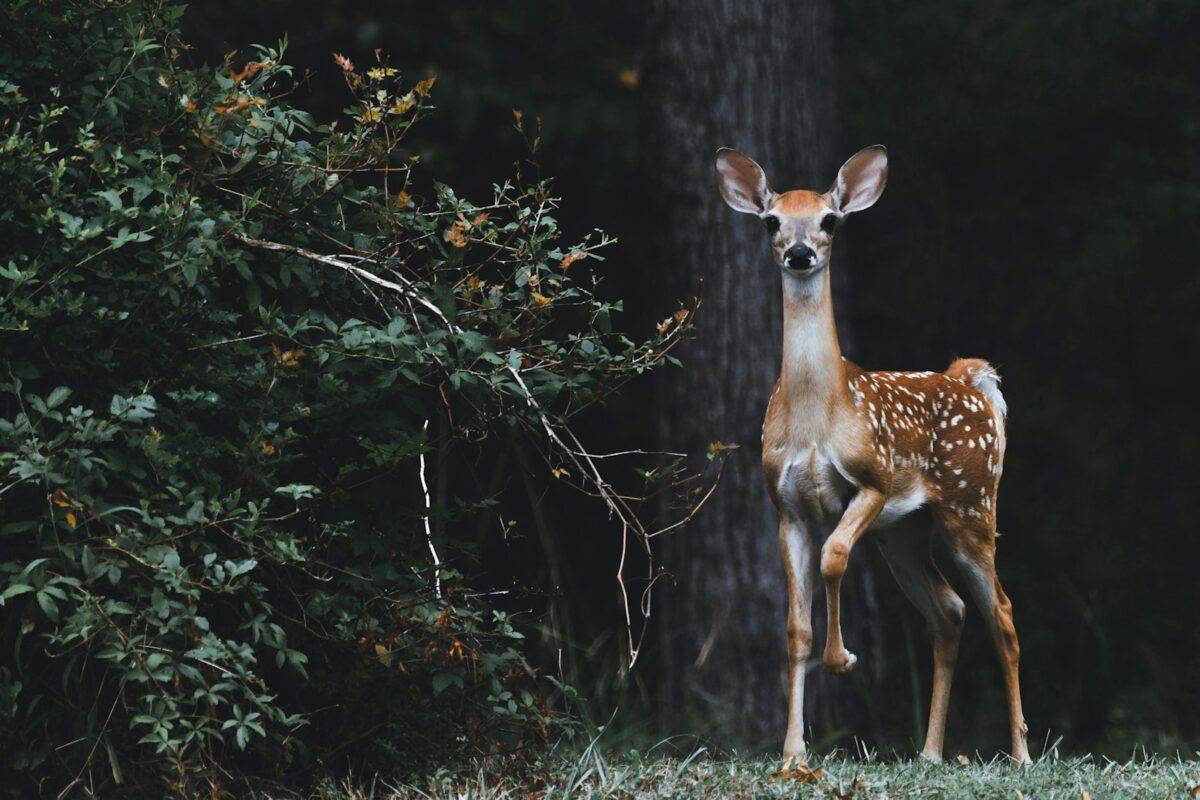
Heavy rain and flooding pose significant challenges for terrestrial animals, causing immediate disruptions and long-lasting ecological changes. However, these events also underscore the incredible adaptability and resilience of wildlife. Through understanding these impacts, greater awareness and efforts can be made to ensure that both animal habitats and biodiversity are preserved even amidst the challenges of climate change and extreme weather events.
- 15 Tips for Managing Spider Infestations During Storm Season - August 8, 2025
- How Superstorms Have Reshaped Coastlines Over Time - August 8, 2025
- The Biggest Moose Ever Recorded in the US - August 8, 2025

